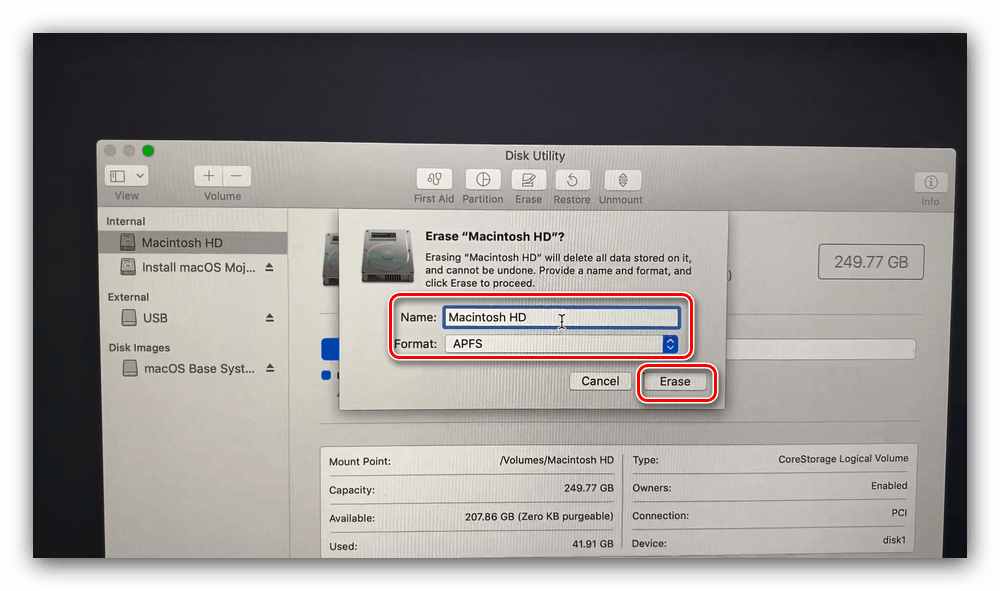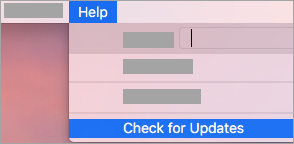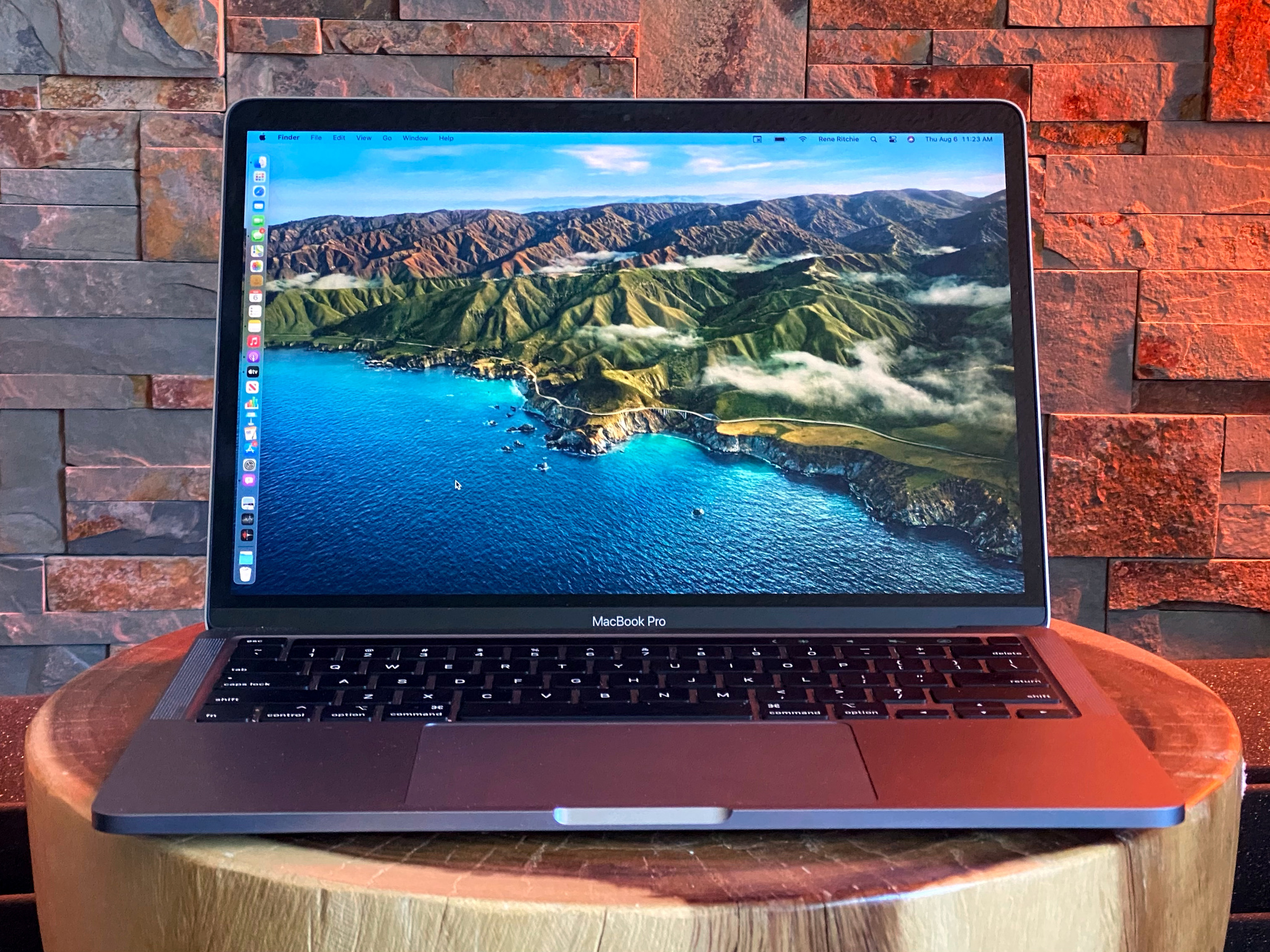The device you have runs on Chrome OS, which already has Chrome browser built-in. No need to manually install or update it — with automatic updates, you’ll always get the latest version. If you're using OS X El Capitan v10.11.5 or later and your App Store preferences or Software Update preferences are set to download new updates when available, macOS Big Sur will download conveniently in the background, making it even easier to upgrade. A notification will inform you when macOS Big Sur is ready to be installed. Click Install to. Then unplug the second internal disk. Boot the machine with an USB to install high sierra, by following the standard installation guide. After that, the firmware will be upgraded. Alternatively, you may use bless to update it manually, as long as the primary internal disk is there.
I recently stumbled across the following problem: The Installer would crash when trying to install a package (.pkg) I had downloaded.What to do? Of course, one solution is to use Pacifist, but 20 bucks is just too much to pay for manually installing a package once in a while. Now a.pkg bundle essentially contains an Archive.pax file, which is an archive of the files to be installed, so.

Donate via bitcoin |
CHIRP is distributed as a series of automatically-generated builds. Any time we make a change to CHIRP, a build is created for it the next day. Thus, CHIRP is versioned by the date on which it was created, which makes it easy to determine if you have an older build. We don't put experimental things into CHIRP before they are ready, except where specifically called out with a warning. Thus, you do not need to worry about finding a stable version to run. You should always be on the latest build available.
Upgrading: You do need to uninstall an existing version of CHIRP before installing a newer one. Just install the new one and it will replace the existing copy!
You can find a complete test report of the current build here and a matrix of supported models and features here
Windows Users¶
- CHIRP runs on Windows 2000, XP, Vista, 7, 8, and 10. Older versions of Windows are not supported
- Most users will want to download the installer.exe file, which installs CHIRP like a normal application
- The win32.zip file is for advanced users wishing to run CHIRP without installing
MacOS Users¶
- OS X support is limited to Intel architecture. PowerPC is not supported.
- Chirp.app is unsigned. With default security settings, you will need a special procedure to run it: Application Security in 10.9.
Mac Os Manual
Homebrew users can install Chirp without the KK7DS runtime by running brew install tdsmith/ham/chirp and then running chirp from the terminal.
However, running CHIRP using Homebrew is obsolete. MacOS Unified Application build is now the recommended way.
More useful tidbits can be found at MacOS Tips.
Linux Users¶
Most Linux users will want the flatpak executable, which has the entire runtime integrated and should 'just work.' If you are running an old or weird distro and want the source distribution, grab the tarball from the above link.
Translators and Developers¶
There is extensive documentation about the development and contribution process located at http://chirp.danplanet.com/projects/chirp/wiki/Developers
You can access older versions of chirp here:Estimated reading time: 5 minutes
Docker Desktop for Mac is the Community version of Docker for Mac.You can download Docker Desktop for Mac from Docker Hub.
By downloading Docker Desktop, you agree to the terms of the Docker Software End User License Agreement and the Docker Data Processing Agreement.
System requirements
Your Mac must meet the following requirements to successfully install Docker Desktop:
Mac hardware must be a 2010 or a newer model with an Intel processor, with Intel’s hardware support for memory management unit (MMU) virtualization, including Extended Page Tables (EPT) and Unrestricted Mode. You can check to see if your machine has this support by running the following command in a terminal:
sysctl kern.hv_supportIf your Mac supports the Hypervisor framework, the command prints
kern.hv_support: 1.macOS must be version 10.14 or newer. That is, Mojave, Catalina, or Big Sur. We recommend upgrading to the latest version of macOS.
If you experience any issues after upgrading your macOS to version 10.15, you must install the latest version of Docker Desktop to be compatible with this version of macOS.
Note
Docker supports Docker Desktop on the most recent versions of macOS. That is, the current release of macOS and the previous two releases. As new major versions of macOS are made generally available, Docker stops supporting the oldest version and supports the newest version of macOS (in addition to the previous two releases). Docker Desktop currently supports macOS Mojave, macOS Catalina, and macOS Big Sur.
At least 4 GB of RAM.
VirtualBox prior to version 4.3.30 must not be installed as it is not compatible with Docker Desktop.
What’s included in the installer
The Docker Desktop installation includes Docker Engine, Docker CLI client, Docker Compose, Notary, Kubernetes, and Credential Helper.
Install and run Docker Desktop on Mac
Double-click
Docker.dmgto open the installer, then drag the Docker icon to the Applications folder.Double-click
Docker.appin the Applications folder to start Docker. (In the example below, the Applications folder is in “grid” view mode.)The Docker menu in the top status bar indicates that Docker Desktop is running, and accessible from a terminal.
If you’ve just installed the app, Docker Desktop launches the onboarding tutorial. The tutorial includes a simple exercise to build an example Docker image, run it as a container, push and save the image to Docker Hub.
Click the Docker menu () to seePreferences and other options.
Select About Docker to verify that you have the latest version.
Congratulations! You are now successfully running Docker Desktop.
If you would like to rerun the tutorial, go to the Docker Desktop menu and select Learn.
Automatic updates
Starting with Docker Desktop 3.0.0, updates to Docker Desktop will be available automatically as delta updates from the previous version.
Mac Os User Guide
When an update is available, Docker Desktop automatically downloads it to your machine and displays an icon to indicate the availability of a newer version. All you need to do now is to click Update and restart from the Docker menu. This installs the latest update and restarts Docker Desktop for the changes to take effect.
Uninstall Docker Desktop
To unistall Docker Desktop from your Mac:
- From the Docker menu, select Troubleshoot and then select Uninstall.
- Click Uninstall to confirm your selection.
Note: Uninstalling Docker Desktop will destroy Docker containers and images local to the machine and remove the files generated by the application.
Save and restore data
You can use the following procedure to save and restore images and container data. For example to reset your VM disk:

Use
docker save -o images.tar image1 [image2 ...]to save any images you want to keep. See save in the Docker Engine command line reference.Use
docker export -o myContainner1.tar container1to export containers you want to keep. See export in the Docker Engine command line reference.Uninstall the current version of Docker Desktop and install a different version (Stable or Edge), or reset your VM disk.
Use
docker load -i images.tarto reload previously saved images. See load in the Docker Engine.Use
docker import -i myContainer1.tarto create a filesystem image corresponding to the previously exported containers. See import in the Docker Engine.
For information on how to back up and restore data volumes, see Backup, restore, or migrate data volumes.

Mac Os Guide
Where to go next
Repair Mac Os
- Getting started provides an overview of Docker Desktop on Mac, basic Docker command examples, how to get help or give feedback, and links to other topics about Docker Desktop on Mac.
- Troubleshooting describes common problems, workarounds, howto run and submit diagnostics, and submit issues.
- FAQs provide answers to frequently asked questions.
- Release notes lists component updates, new features, and improvements associated with Docker Desktop releases.
- Get started with Docker provides a general Docker tutorial.
